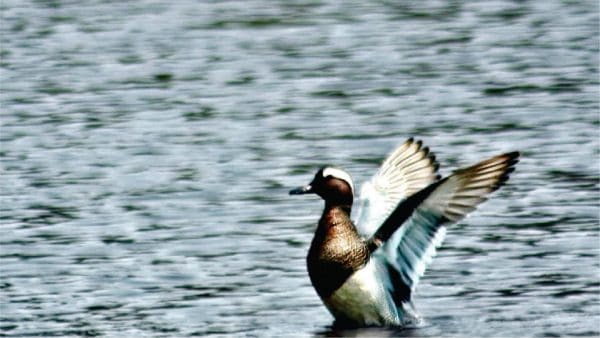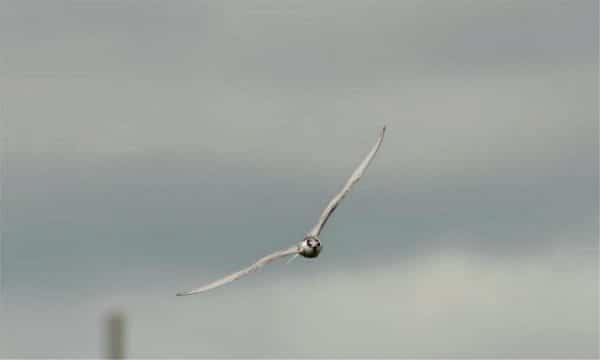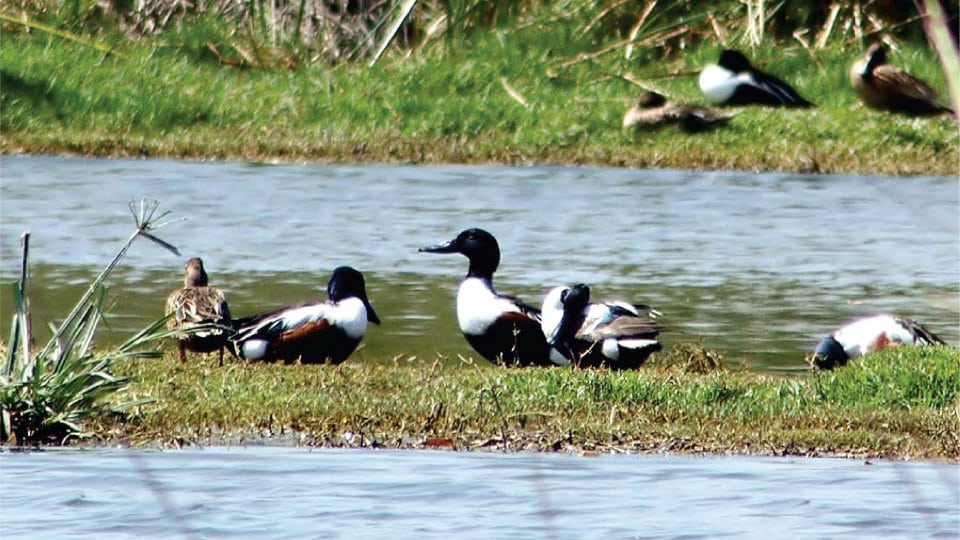By Ragoo Rao
Karanji Lake, one of the oldest and natural lakes of Mysuru city, fondly called as “Karanji Kere” by the locals, is a water body formed by the topographical advantage it has. Having vast expanses of catchment area, like the foot of Chamundi Hill, the vast meadow space of the Karanji Mansion — The Erstwhile Mysore State’s Yuvaraja’s Mansion, Chamundi Vihar Mansion area and the abundant catchment area of the Lalitha Mahal Palace and the Kurubarahalli village surroundings, had all the advantages of being filled and replenished by the areas serving as a catchment area. The catchment area of a lake is a vital requirement to keep any lake filled and replenished by the rains. Sans this, the Lake starts dying, and takes the flora and fauna dependent on this water body along with it. It turns into a sick and dying eco-system.
Fortunately, for us Mysureans and the Lake’s dependent flora and fauna, the lake was taken over by the Sri Chamarajendra Zoological Gardens. The Zoo management efficiently restored the Lake and stopped all vandalisms against the watebody. It was very fortunate; the Zoo management was led by a person with good management skills of captive animals, assisted and supported by the committed staff. The ambitious Project Tiger also happened at that time and awareness and need for wild life & environment management and conservation took priority and became active. Thus was born the Karanji Lake Sanctuary. The flora and fauna were not only protected but they were also restored to their pristine conditions. The Chamarajendra Zoological Gardens, more fondly called as Mysore Zoo, proved what a committed management with vision in the right direction, with no vested interests could do. The lake today is the living proof for that “Where there is a will… There is a way.”

Garganey
The Karanji Lake, managed more as an eco-system, has also kept visitor recreation, education and entertainment in mind and struck a wonderful balance. The aviaries, one of the largest in the country, the Butterfly Park — giving a glimpse of the several species of Butterflies of this region and their host plants, the Natural Lake with the resident and migratory birds visiting them is a birders’ paradise.
Waterfowl like Spot-billed Ducks, Painted Storks, Cormorants, Purple Swamphens, Jacanas, Darters, Common Moorhen and Egrets of 4-5 species, Lesser Whistling Ducks and the Spot-billed Pelicans are all sighted here. Kingfishers, Brahminy Kites, Parakeets, Hoopoes and Doves nest here throughout the year. Migratory birds like Asian Brown Flycatcher – Muscicapa dauurica, Greater Racket-tailed Drongo – Dicrurus paradiseus, Red-breasted Flycatcher – Ficedula parva, Taiga Flycatcher – Ficedula albicilla and others arrive here in winter.
Adding to all this, lake management has developed interesting and educative horticultural sections. Hydrophytes – a section devoted to plants that thrive on the surface of the water, several species are cultivated here and visitors can learn the science and art of growing hydrophytes, a section exclusively for the culture of Orchids, separate Bamboo Groove created with several Bamboo species, some very rare. Hitherto not seen by many people.
This is a very educative and informative section of the lake management. All the Scientific names of the plant life in the lake area are marked with display boards, mentioning their common English name, Kannada name and Taxonomical name. This is very useful for students of Botany and Horticulture. This a reference place for them. A Botany student can have an educational tour of the lake.

When an eco-system is maintained like this in a natural state, well-come things happen. Things happen out of the ordinary. Like the lake has a few avian visitors this year, which were hitherto unsighted in this lake. This is the first time three species were sighted, apart from the regular resident and other migratory species, and photographed. One can notice, a white bird the size of a Dove, constantly flying over the water surface, suddenly diving into the water to grab an aquatic insect from the surface of the water, the Whiskered Tern – Childonias hybrida, which breeds in the Baluchistan Mountains but come down to our regions in winter. Karanji Lake is hosting this bird for the first time. Another visitor is the Northern Shoveller – Anas clypeata, from the Eurasian region, and another smaller duck in the family, the Garganey – Anas querquedula also from the Eurasian regions.
Though these three species of birds, the Northern Shoveller, the Garganey and the Whiskered Tern, regularly winter in Hebbal Lake, Lingambudhi Lake and Bogadhi Lake, this is first time they are visiting and staying for the migratory season in Karanji Lake. The other lakes except Hebbal Lake having gone dry, these birds might have selected the Karanji Lake as a natural choice. Though we have one more major lake in the midst of the city, the Kukkarahally lake, these three species of birds do not visit this lake.
Karanji Lake is a model for lake management as an eco-system. The natural ambience is maintained without compromise and the visitors are kept well-amused and educated with the aviary, the largest perhaps in our country hosing beautiful birds and the excellently developed flora sections.
Karanji Lake, managed by the Mysore Zoo, clearly sends a message that “If there is a will, there is a way.” This is what professional, committed and dedicated management can do.
[e-mail: [email protected]]








Recent Comments